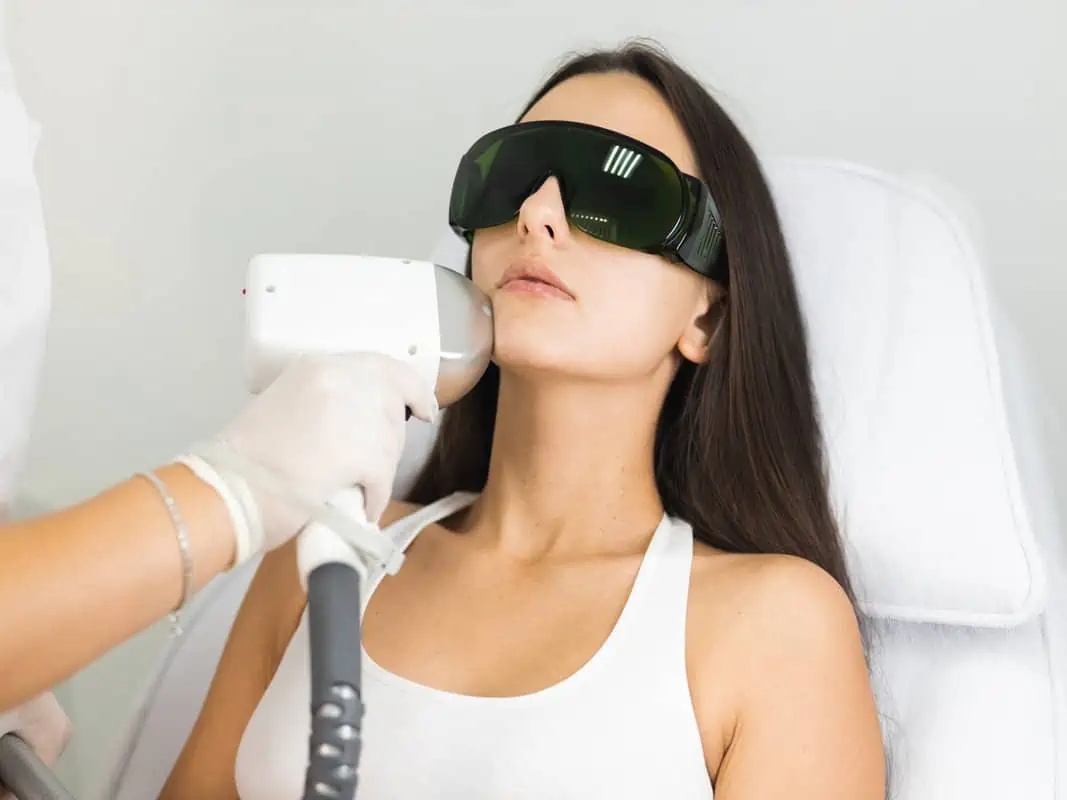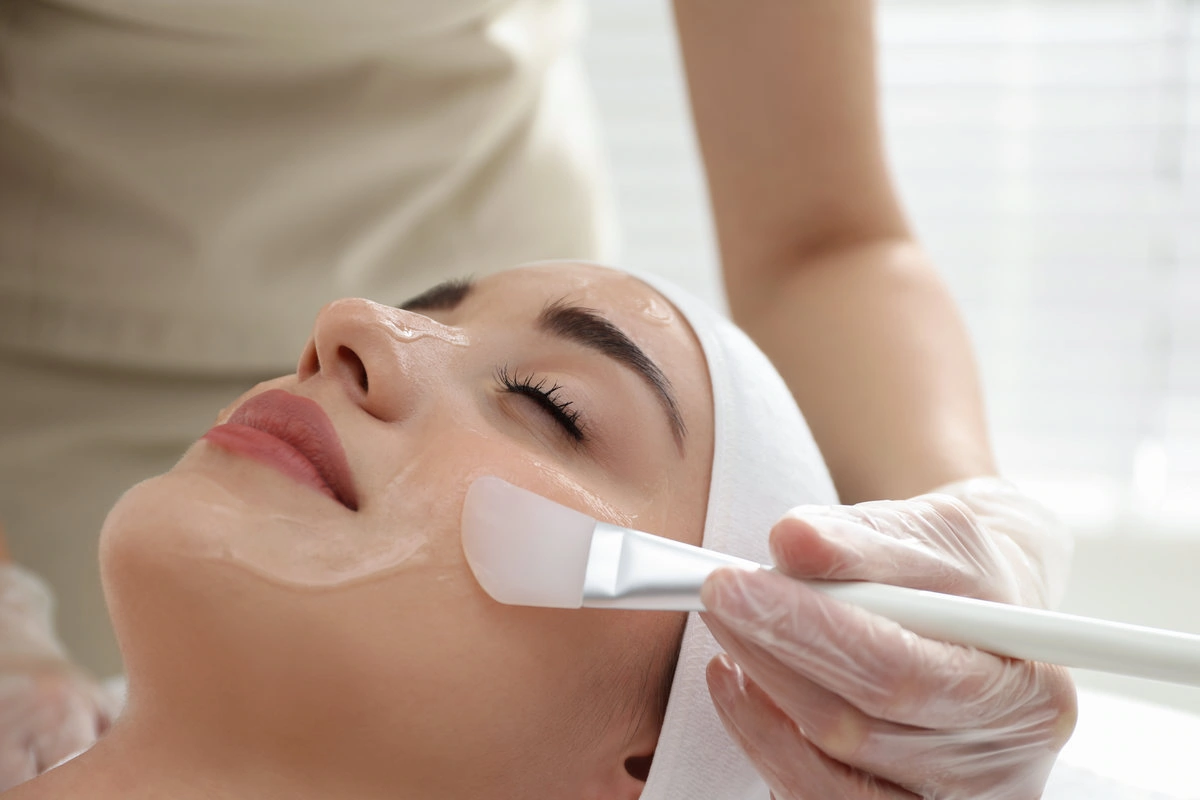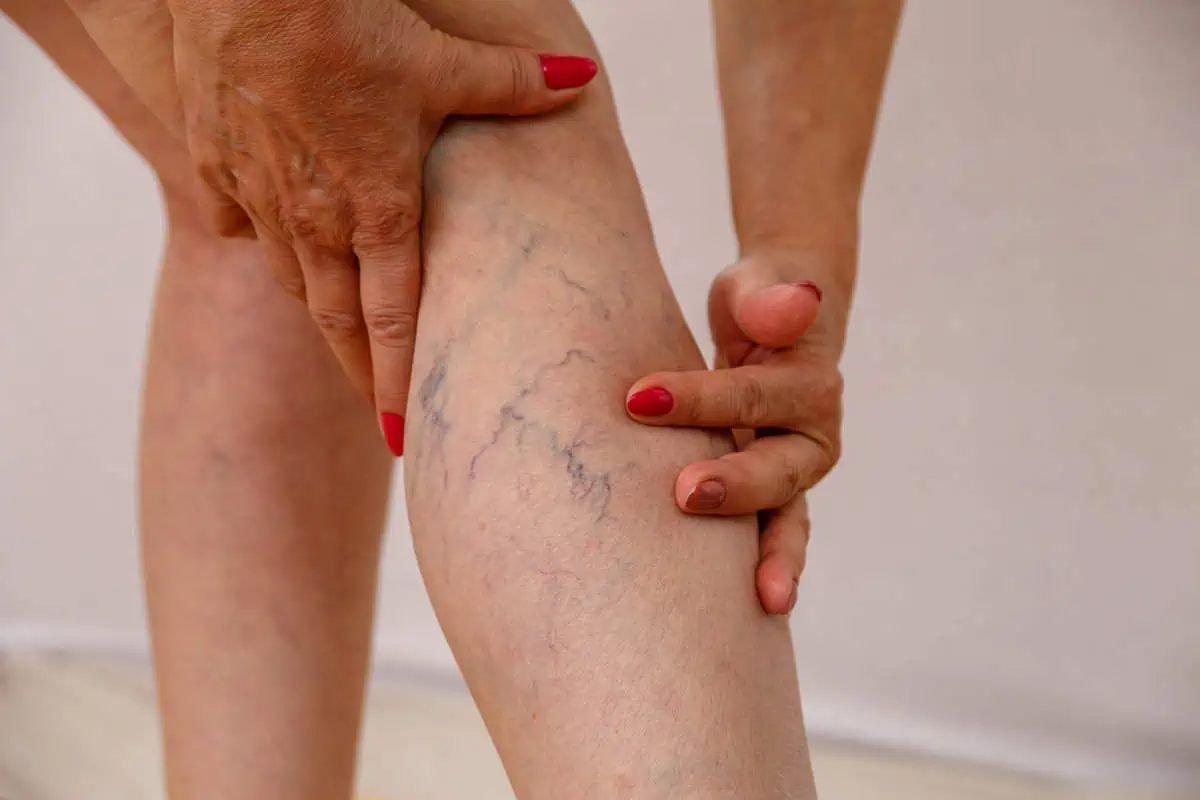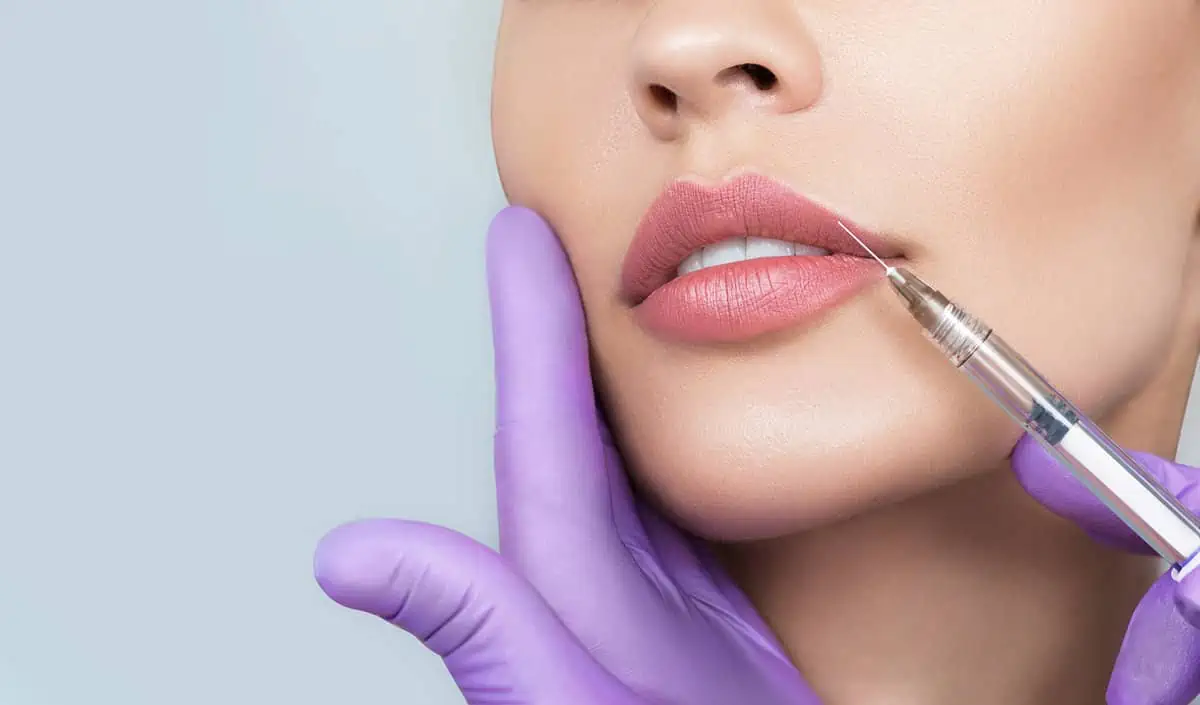PDO threads are not exactly a new discovery in modern medical science; they have been used since the 1980s, around four decades ago. But in the world of cosmetic medicine, they are still pretty new and majorly unknown. This post clarifies what a PDO thread lift is and its various kinds.
What is a PDO Thread Lift?
A PDO thread lift uses a biodegradable suture, or thread, to lift sagging skin. PDO in medicine stands for polydioxanone; it is a synthetic yet absorbable material that the body can take without any allergic reactions or serious complications.
The medical aesthetics industry uses PDO sutures to anchor sagging skin and lift it to create the appearance of tightness. A PDO thread lift also promotes collagen production and encourages neovascularization, both of which work to enhance skin texture, reduce lines and wrinkles, and make the skin more elastic.
In other words, a PDO thread lift is a minimally invasive procedure that lifts skin instantly.
The Three Primary Types of PDO Threads
There are multiple types of PDO threads, but they mostly fall into three main categories: mono, cog, and screw threads. These three types of threads function differently and achieve varying results. Here’s a breakdown of these PDO threads.
PDO Mono Threads
Mono PDO threads are a single PDO filament. They are smooth, barbless, and minimally invasive.
Mono PDO threads, otherwise called short threads, are primarily used as a revitalizing skin treatment. Aside from tightening the skin, it also thickens the skin, improves skin texture, and reduces the appearance of fine lines and wrinkles. Most of the time, professionals insert mono threads in a mesh-like pattern to replicate maximum tightening results.
Mono threads initiate the production of collagen protein that enhances the skin’s structure, smoothness, and plumpness. Once inserted beneath the skin, PDO mono threads signal the skin to synthesize collagen that will gradually and naturally tighten and rejuvenate the skin. Mono threads do not significantly lift the skin but immensely tighten it.
PDO Cog Threads
PDO cog threads can redefine facial contours while inducing collagen production. It uses barbed sutures that cling to the skin tissues and effectively tighten and lift the skin when pulled. The barbs, or cogs, will anchor to the skin and give the appearance of a minor facelift.
Cog threads can stand on their own or be used in conjunction with mono threads. Cog threads are often used to make a face slimmer by lifting sagging skin. Cogs can help contour the jowls, the eyebrows, and the nose.
PDO Screw Threads
PDO screw threads are most known for their ability to give areas of the skin more volume. Screw threads are nothing more than the thread being intertwined around the inserting needle. When two threads are entangled, the result is called a multi-screw.
The screw variety gives the most non-surgical facelift results of all three types of PDO threads.
The Effects of PDO Threads
PDO threads provide instant skin lifting, promote collagen production, initiate neovascularization that renews the skin at the cellular level, and contract the fat tissues to cause skin tightening. The treatment enhances skin texture, reduces fine lines and wrinkles, provides more elastin, and makes the skin more firm and smooth.
How long do these effects last? Does the procedure require downtime or a recovery period? Do they come with adverse side effects?
How Long the Results of PDO Threads Last
One of the reasons why PDO threads are practical and convenient is because their effects last longer. Most PDO thread lifts can last up to eighteen months or longer, depending on how quickly your body absorbs the biodegradable suture. And once the effects begin wearing off, you can schedule another treatment to maintain your tight, smooth, and youthful skin.
Which Areas of the Face are PDO Threads Most Effective?
A PDO thread lift can treat most facial areas plagued by signs of aging. The most common treated regions are the jaw, cheek, neck, nose, and the area around the eyes.
Does the Procedure Require Downtime or a Recovery Period?
Fortunately, the minimally invasive PDO thread lift procedure does not require an extensive downtime or a lengthy recovery. However, it is highly advisable that you should rest at home for at least a couple of days after the treatment. During this rest, you will give your body time to deal with inserting foreign substances into the skin.
Compared with other facelifts, PDO threads are highly convenient because they do not warrant a long period of inactivity.
Do PDO Threads Have Side Effects?
After the procedure, you can expect mild swelling, bruising, and pain around the treated region. These minor side effects are temporary and should subside within a couple of days. A little downtime after a PDO thread facelift procedure is advisable because of these side effects.
The more severe side effects of PDO threads include:
- Visible threads beneath the skin (common among thin-skinned individuals)
- Infection
- Snapping of threads
- Accumulation of blood (hematoma)
- Dimpling
- Salivary gland injury
These complications often occur due to a fault committed by the presiding provider. The provider should be knowledgeable and proficient enough to avoid such severe complications. At ReDiscover Aesthetics, we provide consultation services to clients to discuss the best treatment approach to deliver optimum results and little to no complications.
You Need a Specialist
Not all PDO threads are the same; the various types function differently and produce slightly different results. To get the effect you want, you should consult a specialist who knows which methods work best for your skin problem. Consulting a professional also limits the risk of severe and unwanted complications after a PDO threads treatment.
You can book an appointment by filling in the details on this page. You can also contact us by phone at (985) 322-3005 or by emailing [email protected]. Alternatively, you can send us questions about PDO threads or leave messages through our contact form. You can find us at 302 Girod St. Mandeville, LA 70448.





